Art World
How Artist Lu Yang Teamed Up with BMW and Acute Art to Create a Futuristic Project About Robots and Technology
The project started after the artist was awarded the 2019 BMW Art Journey.
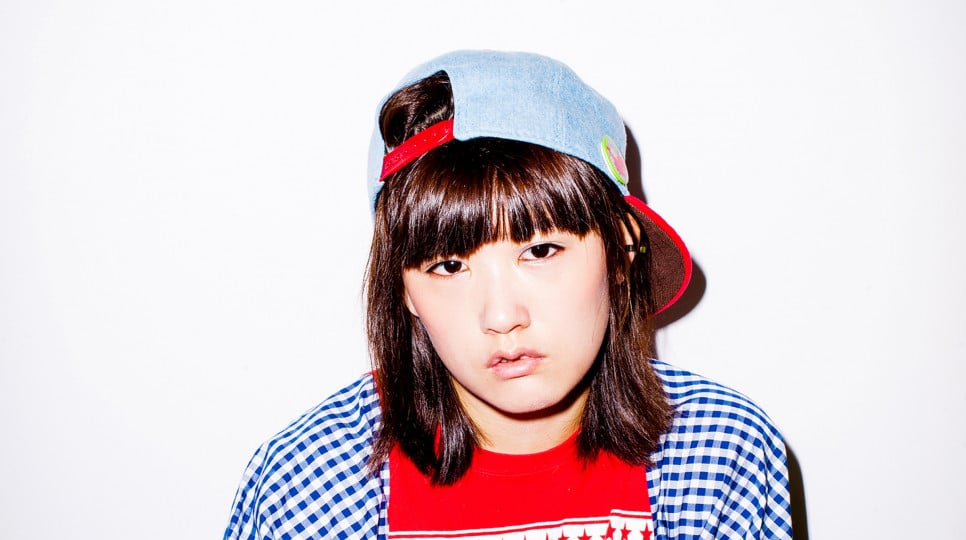
The project started after the artist was awarded the 2019 BMW Art Journey.

In Partnership with bmwgroupculture

Inspired equally by centuries-old Chinese culture and forward-reaching technologies, artist Lu Yang’s practice seeks common ground between vastly different ways of seeing the world.
The Shanghai-based artist’s fierce and confrontational multimedia work, which borrows from a variety of fields, including neuroscience, medicine, and religion. Collaboration is a key component of Lu Yang’s practice, who often looks to the likes of designers, composers, and performers to add their expertise to installation and video works. Trained in robotics, the artist is especially fascinated with contemporary gaming culture and is attuned to cutting-edge conversations having to do with the potential for post-gender and post-human societies.
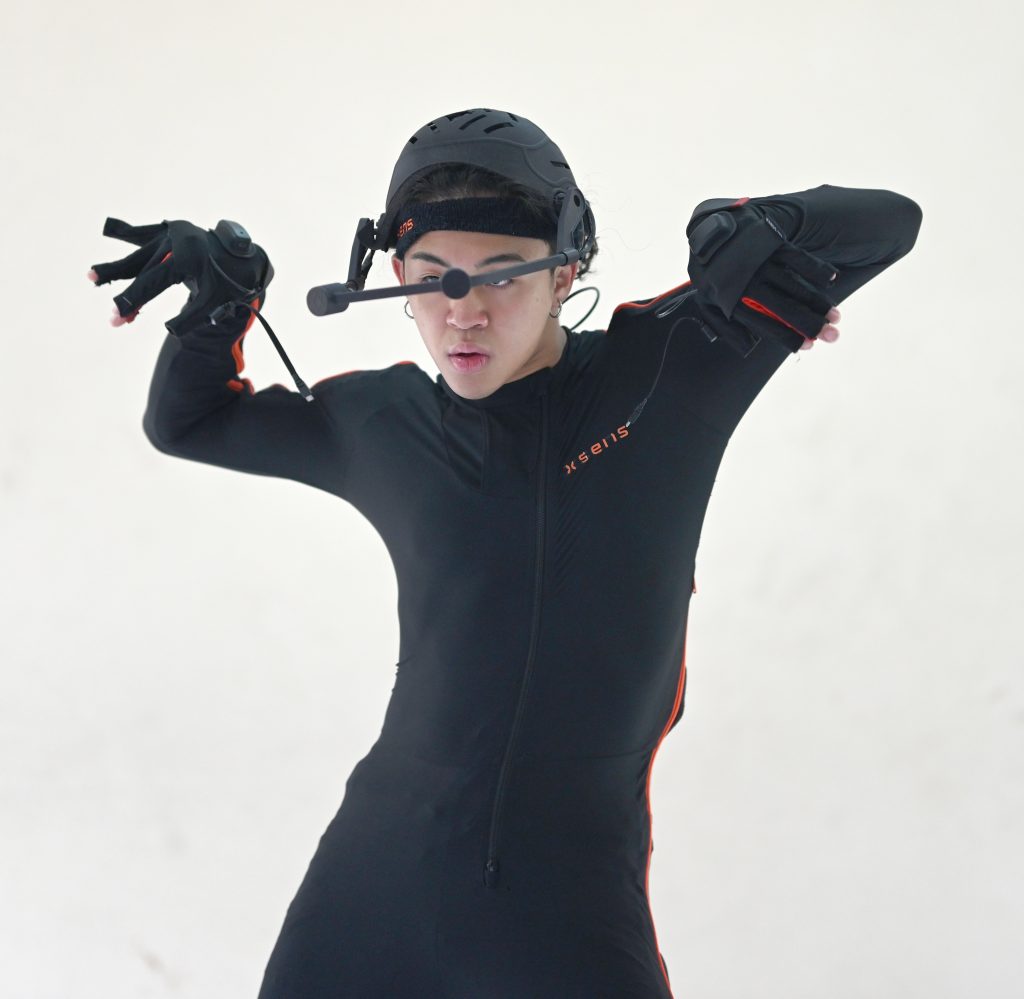
A dancer working on Lu Yang’s new work, Human Machine Reverse Motion Capture Project.
The artist’s latest endeavor came about after receiving the BMW Art Journey award, a joint initiative with Art Basel, in 2019. Lu Yang started the journey in early 2020, but the pandemic posed an obstacle. He decided to continue digitally. For the resulting project, which was done in collaboration with Acute Art, the leading producer of virtual and augmented-reality experiences, the artist created an augmented-reality artwork in which the artist’s own digital avatar takes on the role of a gigantic dancing superhero. The artwork explores the idea that, before too long, human bodies will be able to overcome physical limitations and enter strange and fascinating metaphysical realms.
Titled Human Machine Reverse Motion Capture Project, the project relied on motion-captured images of various dances, which the artist studied during the artist’s BMW Art Journey in January 2020, when he visited places such as Tokyo and Bali, where he put advanced motion-capture technology to work to record minute movements from dancers, which were then integrated into the final work. An anthropological approach to dance permeates the entirety of the project, which also reveals the extended artistic limits of contemporary technology.
We spoke with Lu Yang about the new work, what technology can teach us, and what he hopes to see happen in 2021.
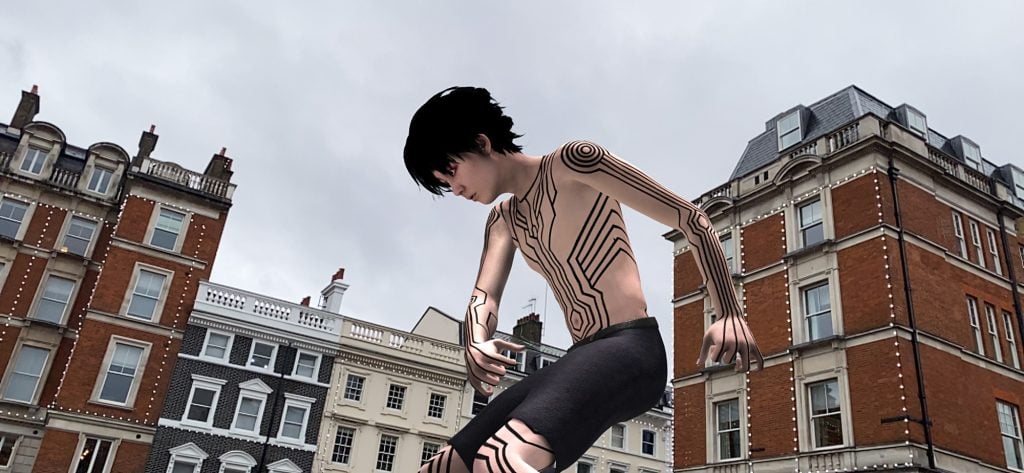
BMW Art Journey winner Lu Yang, Gigant DOKU (2020), augmented reality. Courtesy of the artist and Acute Art in collaboration with BMW Group Culture.
The project is called Human Machine Reverse Motion Capture Project. How did you arrive at this title?
Artificial intelligence and humanoid robots are particularly popular topics at the moment. One can find many cases from different religions and cultures in which human beings attempted to train themselves to become robots.
Why do humans want to make humanoid robots? Robots don’t necessarily need to have a human appearance. The emergence of robots adopting a humanoid appearance is more indicative of the human desire to surpass the flesh and pursue a perfect and immortal body, than any kind of technical imperative. As there are many things that the biological body can’t realize, on the contrary, some missions can be easily done with a body that combines brand new material.
There are already many far-flung ideas in which humans seek to upload their consciousness to humanoid robots in pursuit of eternal life. History provides many examples. The strengthening and transcendence of the human being’s physical body is not limited to our contemporary moment, but is rather an ongoing pursuit with a long history.
My research concerns how human beings physically train themselves to pursue super powerful bodies in traditional cultures, and the traces of human imitation of robots in history.
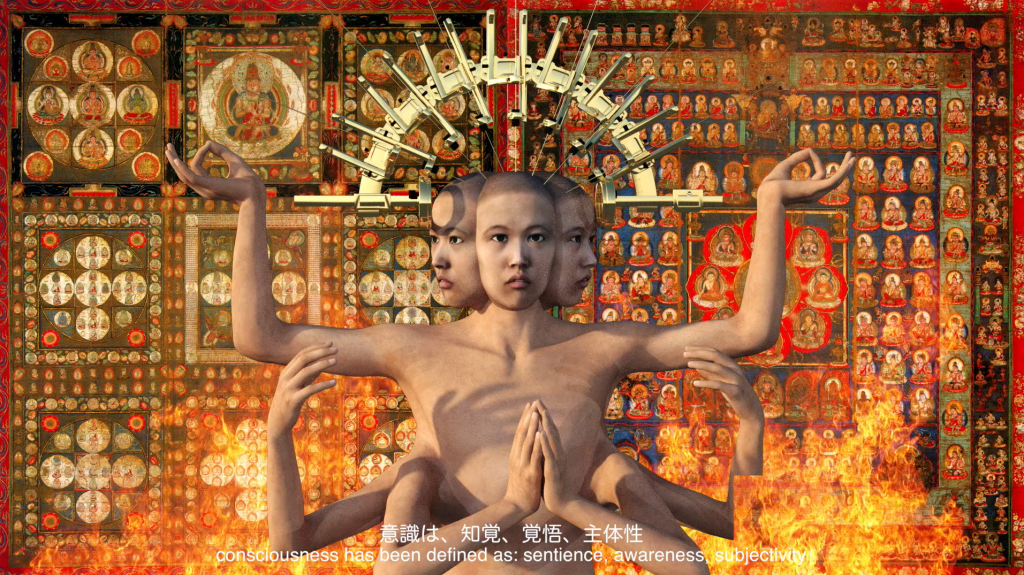
Lu Yang, Delusional Mandala (2015).
What was one important lesson you took away from the project?
The project is still ongoing, and it will be shown in phases. So there is still a large part that is not finished yet. I think the most important part of this work is the collaborations at all levels—I work with tech companies, and of course with BMW. It is only possible to complete this artwork with all these collaborations, and there will be more collaborators joining in the near future.
Dance is also a major component of this project. When did you first develop an interest in exploring dance in your work?
I have been extremely sensitive towards dance and music. My first use of dance was in my work LuYang delusional mandala in 2015. I used software like MikuMiku Dance to create some dance-related artwork, and did several real-time motion-capture performances. Since LuYang delusional mandala, dance has existed through my artistic career.
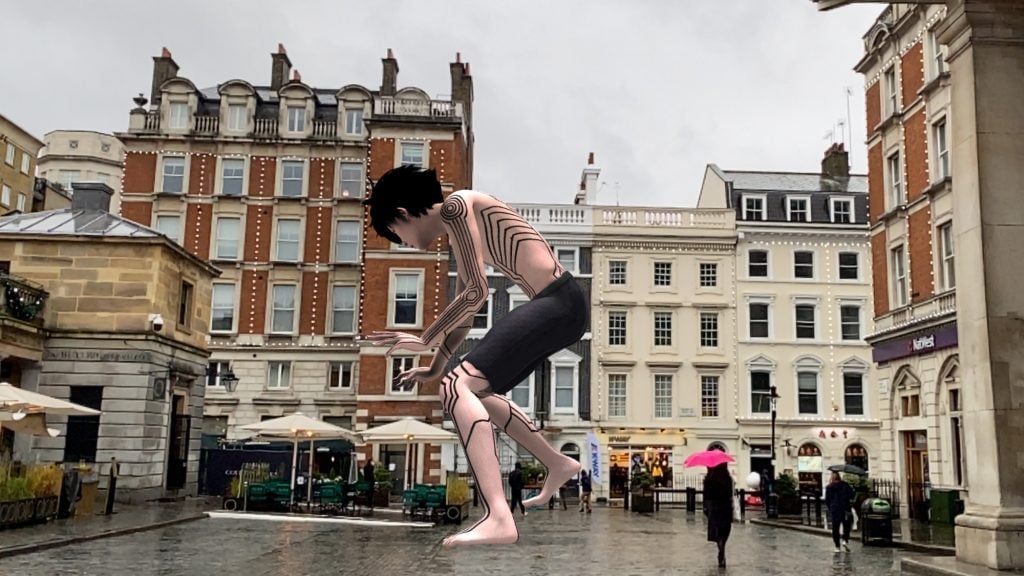
BMW Art Journey winner Lu Yang, Gigant DOKU (2020), augmented reality. Courtesy of the artist and Acute Art in collaboration with BMW Group Culture.
This project involved in-person interactions, as well as virtual interactions. What interests you about working in both realms?
I have a huge interest in the extreme training of the human body. However, there aren’t many human beings that can train their bodies to extremity. With motion capture, we can collect movement data from masters who train their bodies into the extreme, and use this data in the digital world. So the skills that we cannot realize in reality [can] be done in the virtual world.
How did your collaboration with BMW evolve?
Being awarded the BMW Art Journey [award] at Art Basel 2019 was the beginning of my work with BMW. No matter before or during the pandemic, BMW has given the project generous support [by enabling the journey] and [supporting the] virtual development [of the work] after data gathering [was done]. BMW is a very serious listener to the artist’s idea, and they give artists completely free space, as well as help and support to the greatest extent.
What do you want to explore next in your practice?
I have been working with game engines throughout recent years, so the use of game engines and related technologies is the general direction of my future creations.

BMW Art Journey winner Lu Yang, Gigant DOKU (2020), augmented reality. Courtesy of the artist and Acute Art in collaboration with BMW Group Culture.
What about the intersection of art and technology is interesting to you?
The role of technology in my work is as a medium and a method. The meaning of technology is similar to that of a painter who created work with brushes hundreds of years ago. What technology wants to express is always the core content that I want to wrap in my practice, but these core contents are not separated from all the thoughts that human beings have been thinking about for a long time. Technology helps me express my works more conveniently and quickly.
What has 2020 taught you, both personally and professionally?
To live in the present.
What are you most looking forward to in the new year?
I’m hoping that the COVID-19 vaccine will be universally effective, the virus and pandemic will dissipate, and that world peace will prevail.
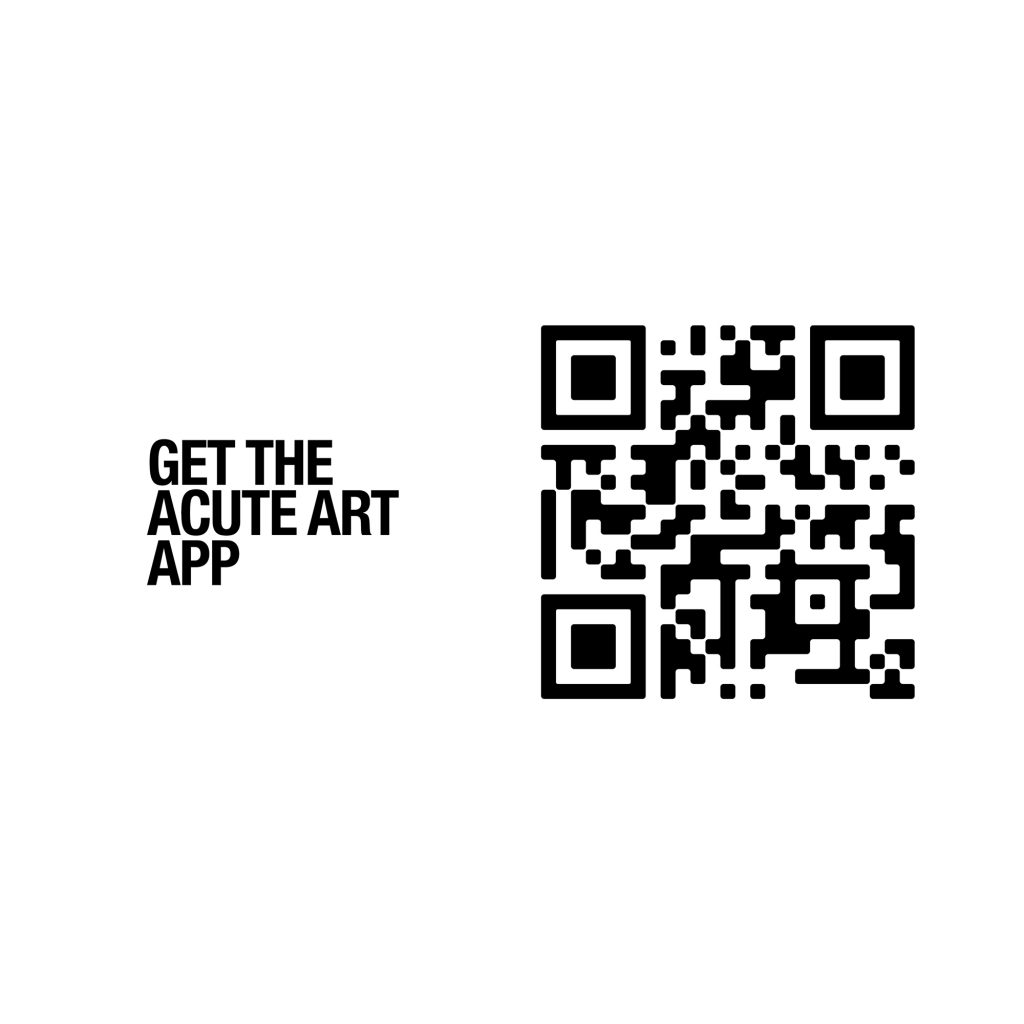
The Augmented Reality Experience is available on Acute Art App. To experience the work:
The Acute Art app uses cutting-edge technology that works best on high-end phones with the latest software. The devices supported are iPhone X or above, and Samsung Galaxy S8 or equivalent. The app requires a phone with a minimum of 4GB of memory and Apple iOS 11 or Android 8.0 Oreo (API 24) operating system.